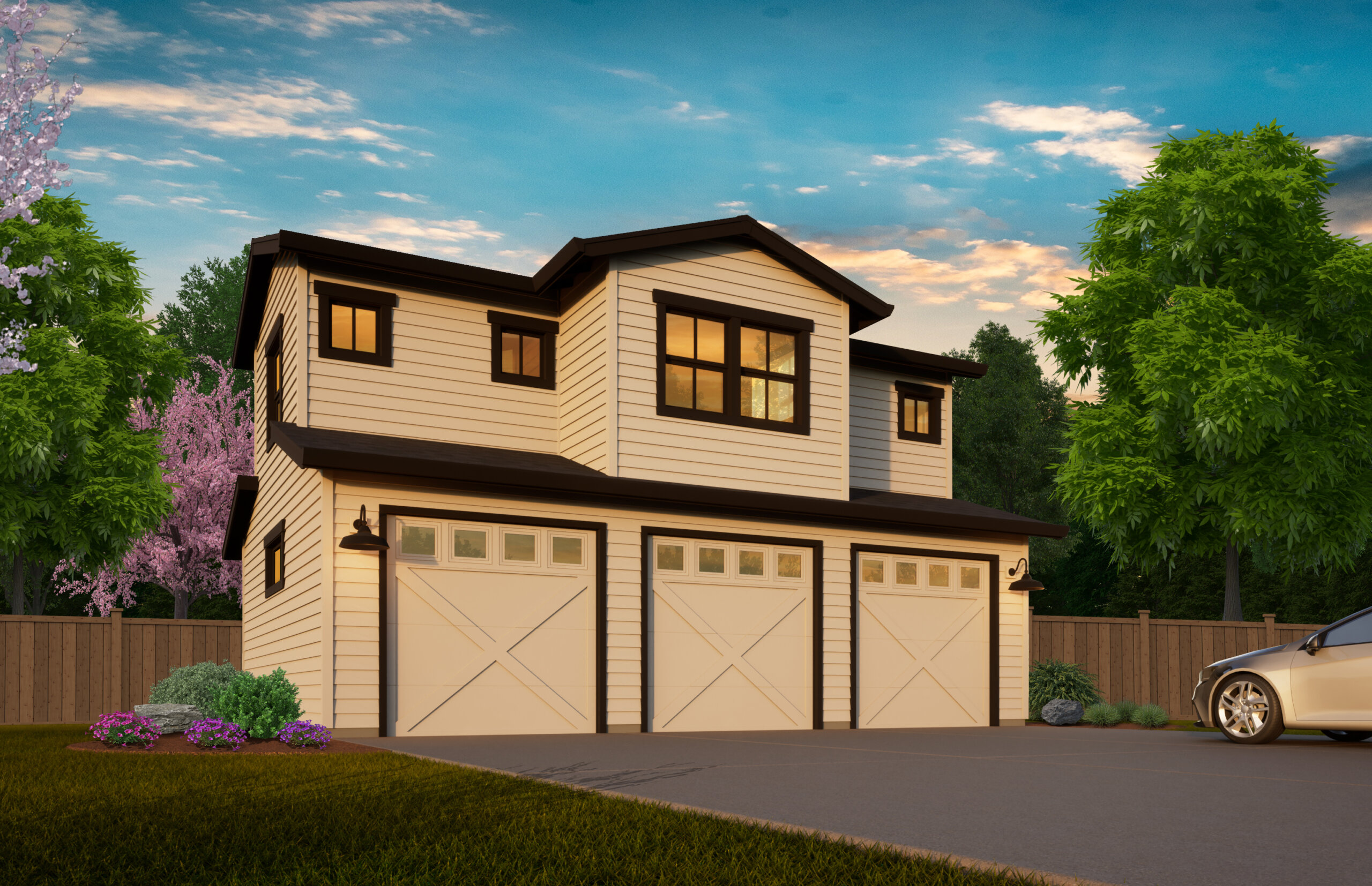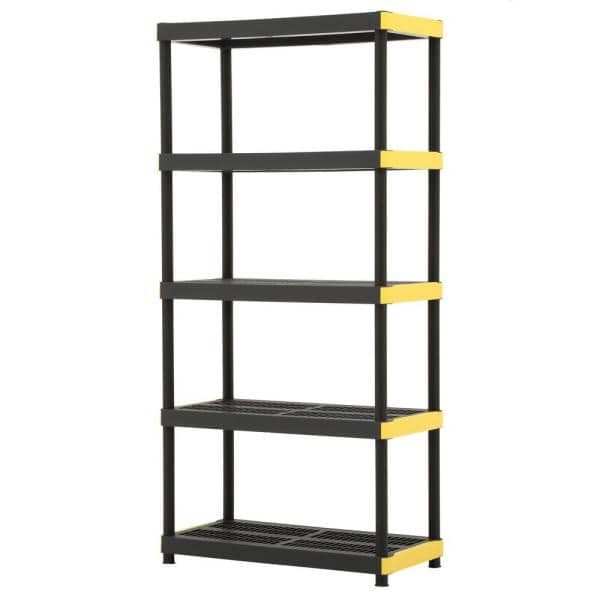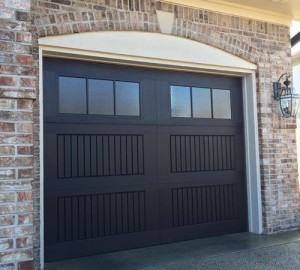
There are many different ways you can add an accessory dwelling units (ADUs) to your home. Some choose to convert an existing garage into a ADU while others build a brand new structure. Whatever the case, there are a number of considerations that need to be made when choosing an ADU plan with garage.
A garage converted into an ADU is the best way to add a second bedroom to your home. This is a great idea for many reasons. First, it allows you to save on construction costs because the garage already has a shell that you can build on top of. Second, it allows you to avoid the additional cost of excavation. Third, it can discreetly increase density in your neighborhood.
An ADU can be a great way to increase the property's value, welcome elderly parents, create extra income, or make space for yourself. This is a great option for parents with young children looking to move.

Some ADUs attach to the main home, while others are above or attached to it. This depends on where you live in the country and the size of your property.
Planning permission is required before you can add an ADU. This approval is required in order to be granted permission by the city.
Before you begin, it is important to confirm that your neighborhood does not have an ADU building code. A number of neighborhoods have maximum ADUs. If you aren't sure, you can have your plans reviewed and denied by an expert.
Accessory Dwelling Units (ADUs) are a popular real estate trend in both the United States of America and Canada. They are designed to serve as a secondary or primary dwelling in a shared building lot. They are becoming more common in urban areas as they are cheaper than single-family detached homes. This makes them a popular choice for families looking for extra space and rental income to support their mortgage.

You can choose from a wide range of ADU plans with garage that will suit your needs and budget. These include garage conversions, lean to ADUs, and saltbox ADU plans.
Saltbox ADU has a unique design and references all-American sheds. Saltbox ADU is small in footprint and can be used in many different situations.
It can be used for a studio apartment or a cottage or guest house. It includes a kitchen, bathroom, bedroom, and living space. This is a great addition for any home, especially in urban areas that can be hard to find housing.
FAQ
Are you able to spend $30000 on a kitchen renovation?
You can expect to pay anywhere from $15000-$35000 for a kitchen overhaul, depending on how much money you have available. If you want a complete kitchen overhaul, expect to pay more than $20,000. For less than $3000, you can update appliances, add lighting, and replace countertops.
A full-scale renovation typically costs between $12,000 and $25,000 on average. There are many ways to save money and not compromise on quality. One example of this is installing a sink, instead of replacing the old one. It costs about $1000. Or you can buy used appliances for half the price of new ones.
Kitchen renovations are more time-consuming than other types of projects. Plan accordingly. It's not ideal to begin working in your kitchen, only to find out halfway through that there isn't enough time to finish the job.
It is best to start early. Begin by looking at all options and getting estimates from multiple contractors. Then narrow your choices based price, availability, quality, or both.
Once you've found a few potential contractors, ask for estimates and compare prices. Sometimes the lowest bid doesn't necessarily mean the best. It is important to find someone who has similar work experience and will give you a detailed estimate.
Make sure you include all extras in your final cost calculation. These could include labor costs, permits, and material charges. Be realistic about your financial limitations and stay within your budget.
Tell the contractor if you don't like any of the bids. If you don’t like the first bid, let the contractor know and offer to give it another chance. Don't let pride get in the way when you save money.
What is the difference between a remodel and a renovation?
A remodel is major renovation to a room, or a portion of a rooms. A renovation is a minor alteration to a space or part of a place. For example, a bathroom remodel is a major project, while adding a sink faucet is a minor project.
Remodeling involves replacing a complete room or a part of a entire room. A renovation is simply a change to a specific part of a space. A kitchen remodel might include the replacement of countertops, sinks as well as appliances, lighting, and other accessories. A kitchen remodel could also include painting the walls or installing new lighting fixtures.
Remodeling a kitchen or bathroom is more expensive.
Remodeling a bathroom and kitchen can be costly. It might be more cost-effective to upgrade your home than you think, given how much you spend each month on energy bills.
Small upgrades can help you save thousands of dollars per year. Simple changes such as insulation in ceilings and walls can help reduce cooling and heating costs by up to 30%. Even a small improvement can make a difference in comfort and increase resale.
It is crucial to consider durability and ease of maintenance when renovating. Solid wood flooring, porcelain tile, and stainless steel appliances last longer than vinyl and laminate countertops and require less maintenance.
It is possible to reduce utility costs by replacing older fixtures with more modern models. For example, installing low-flow showerheads and faucets can lower water usage by up to 50 percent. Compact fluorescent bulbs can be replaced with inefficient lighting to reduce electricity consumption by as much as 75 percent.
What would it cost for a home to be gutted versus what it would cost to build one?
Gutting a home involves removing everything within a building including walls and floors, ceilings as well as plumbing, electrical wiring, appliances, fixtures, and other fittings. Gutting is done when you want to make some modifications before moving in. It is often very costly to gut a home because of all the work involved. Depending on your job, the average cost to gut a home can run from $10,000 to $20,000.
The process of building a home involves the construction of a house from one frame to another. Next, the builder adds walls, flooring and roofing. This is usually done after buying a lot of lands. Building a home is typically cheaper than renovating, and usually costs between $15,000-30,000.
It really depends on your plans for the space. You'll likely need to spend more money if you want to gut a property. You don't need to take everything apart or redo everything if you are building a home. You can build it the way you want it instead of waiting for someone else to come in and tear everything up.
How long does it take to remodel a bathroom?
A bathroom remodel typically takes around two weeks. This depends on the size and complexity of the project. You can complete smaller jobs like adding a sink or vanity in a few days. Larger projects like removing walls and installing tile floors or plumbing fixtures can take many days.
The rule of thumb is that you should allow three days for each room. So if you have four bathrooms, you'd need 12 days total.
How much does it cost for a shower to be tiled?
If you're going to do it yourself, you might as well go big. Full bathroom remodels are an investment. If you think about the long-term advantages of having a gorgeous space for years to follow, it makes good sense to invest quality fixtures.
The right tiles can make all the difference in how your space looks and feels. We have a guide that will help you pick the best tiles for your room, whether you are planning a minor or major renovation.
First, choose the flooring type you wish to use. Ceramics, porcelain, stone, and natural wood are common choices. The next step is to choose a style. Finally, pick a color palette.
If you are remodeling a large bathroom, you'll likely need to match the tile with the rest. For example, you might opt for white subway tile in your kitchen or bath and choose darker colors elsewhere.
Next, estimate the scope of work. Is it time to update a small powder room? Or would you rather add a walk-in closet to your master suite?
Once you have decided on the scope of the project, visit your local store to view samples. By doing this, you will get an idea of the product's installation methods.
Finally, shop online for great deals on ceramic and porcelain tiles. Many retailers offer free shipping or discounts on bulk orders.
Statistics
- 57%Low-end average cost: $26,214Additional home value: $18,927Return on investment: (rocketmortgage.com)
- Following the effects of COVID-19, homeowners spent 48% less on their renovation costs than before the pandemic 1 2 (rocketmortgage.com)
- 55%Universal average cost: $38,813Additional home value: $22,475Return on investment: 58%Mid-range average cost: $24,424Additional home value: $14,671Return on investment: (rocketmortgage.com)
- According to a survey of renovations in the top 50 U.S. metro cities by Houzz, people spend $15,000 on average per renovation project. (rocketmortgage.com)
- bathroom5%Siding3 – 5%Windows3 – 4%Patio or backyard2 – (rocketmortgage.com)
External Links
How To
Are you looking for a quick, inexpensive way to spruce up your patio?
There is no better way to add style to your garden than a pergola. Pergolas make a great addition for patios. They can provide shade, privacy, shelter, and open space while also keeping it inviting. Here are 10 reasons you should consider adding a pergola to your next outdoor remodel.
-
Privacy - A pergola can be added to your condo or apartment to create privacy between you and your neighbors. It also blocks noise from traffic and other sounds. Your patio will feel more private if you create a private area.
-
Pergolas provide shade & shelter in hot summer. A pergola can also keep your patio cool during the summer, especially when used as a covered seating area. Plus, a pergola adds a decorative element to your patio.
-
Add a pergola on your patio to enhance outdoor living spaces. It creates a relaxed space that invites friends and family. It can be transformed into a small room for dining if desired.
-
A unique design statement can be created for your patio. With the many designs you have, it is possible to create something that stands out. You have endless options when it comes to pergola design.
-
To make your patio more efficient, remember to include large overhangs when designing your pergola. These will help protect your furniture from damage caused by severe weather conditions. This will not only protect your furniture but also keep your patio cooler.
-
You can keep unwanted guests out of your pergolas. They come in a variety of sizes and shapes, so you can customize them to fit the needs of your patio. For example, pergolas can include trellises and latticewalls. The design options allow you to control who has access to your patio.
-
Easily Maintainable - Pergolas require minimal maintenance because they are designed to withstand extreme weather conditions. Depending on the type of paint, it may be necessary to repaint your pergola every few years. Dead leaves and branches may also have to be removed.
-
Make your home more valuable by installing a pergola. A pergola is not expensive as long it's maintained well. Some homeowners enjoy having a pergola built simply for its beauty and appeal.
-
Protect Your Patio Furniture and Plants from Wind Damage - Although pergolas aren't usually covered with roofing material, they serve their purpose. They are easy-to-install and can be removed when necessary.
-
Easy on the Budget - A pergola is a great way to add elegance to your patio, without breaking the bank. Most homeowners find pergolas to be less expensive than $1,000. This means you can easily finance this type of project.